Lessons Grade 4
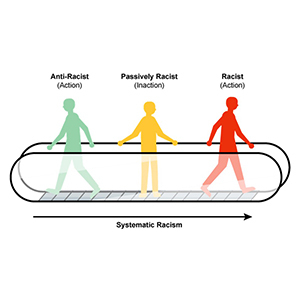
Case Study 1: Restorative Circle
Students will participate in a restorative circle where they will share their background knowledge and experiences with racism, segregation, and antiracism. Students will co-create and affirm group norms that will provide the framework for how to discuss racism and explore the way it has shaped our community. This is also an opportunity for the teacher to understand more completely student sensitivity and understanding regarding issues of race and what questions they may have. The discussion can also inform next steps and how to introduce the boxing protocol and the primary source analysis.
Download Resources:
Download Resources:
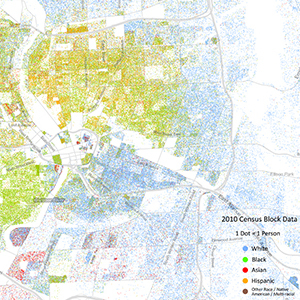
University of Virginia's Weldon Cooper Center for Public Service
Case Study 2: Box Protocol – Mystery Source Analysis
Students will explore the racial composition of Monroe County through a structured source analysis of a Mystery Source. This is the first stage of a multi-step instructional strategy referred to as the Box Protocol. This activity is designed to help students practice their source-analysis skills and deepen their understanding of racial segregation today through an analysis of the Mystery Source, a dot map of Monroe County in 2010. The Mystery Source is divided into four quadrants and shown to students one quadrant at a time to spur their thinking. Ultimately students will make a claim (their guess identifying the source) and support it with evidence.
Download Resources:
Download Resources:
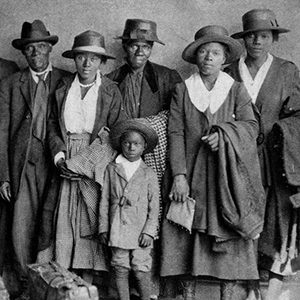
Optional Day: The Great Migration
The lesson begins with students sharing stories about their experiences moving into a new family home and identifying reasons why they moved. They will be told that over 6 million people of color moved to Northern Cities like Rochester from 1910-1970. They will be tasked with investigating the reasons these families moved through reading primary and secondary sources about people of color who moved to Rochester. Students will see that moving North was a way people of color attempted to resist racism. It is important to help students connect the Great Migration to the challenges people of color faced with segregation and racist policy when they arrived in Northern cities. This lesson is marked ‘optional’ because this case study may be taught during a number of different times during the grade 4 school year.
Download Resources:
Download Resources:

Robert K. Nelson, LaDale Winling, Richard Marciano, Nathan Connolly, et al., “Mapping Inequality,” American Panorama, ed. Robert K. Nelson and Edward L. Ayers
Case Study 3: Box Protocol – Common Source Analysis
Each student will have a copy of the Common Reading which will focus on redlining and a brief overview of housing segregation through several sources. The teacher and students will read and analyze the first part of the common reading “Rochester Redlining Map 1938” together. Then, they will analyze the remaining parts of the common reading including an excerpt from the National Housing Act. In their teams of four, students will each be assigned a collaborative role and will answer the corresponding questions on the Common Source. When all students have completed the reading a second time independently, they will record information in the Round 2 area of the Box Protocol. Finally, students will gather in a restorative circle and share their observations and inferences about the question for the day.
Download Resources:
Download Resources:
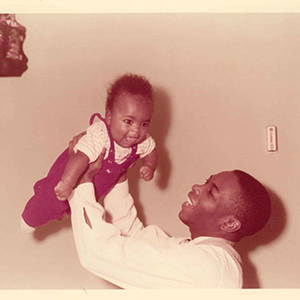
Rare Books, Special Collections, and Preservation, River Campus Libraries, University of Rochester.
Case Study 4: Box Protocol – Jigsaw Source Sets Analysis
Students will explore race and equity in Rochester through a structured analysis of at least four sources. This is the third stage of a multi-step instructional strategy referred to as the Box Protocol. This activity is designed to help students practice their source-analysis skills and deepen their understanding of racial segregation and resistance through four sources all related to Dr. Walter Cooper. His experiences facing racism and his resistance and activism as a local community leader provide a lens for students to collaboratively consider Rochester’s history as well as a model for civic activism today. They will also be encouraged to connect the jigsaw sources to the common source redlining map. There is an alternate Jigsaw that can be used in part or as a substitute.
Download Resources:
Download Resources:
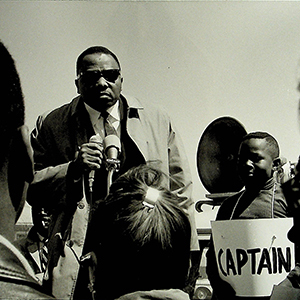
Rare Books, Special Collections, and Preservation, River Campus Libraries, University of Rochester.
Case Study 5: Restorative Circle
Students will explore the ways people and groups in both the past and present have worked to build a more equitable community in Rochester by participating in a restorative circle. Students will also identify what in their school and community they might change.
Download Resources:
Download Resources: